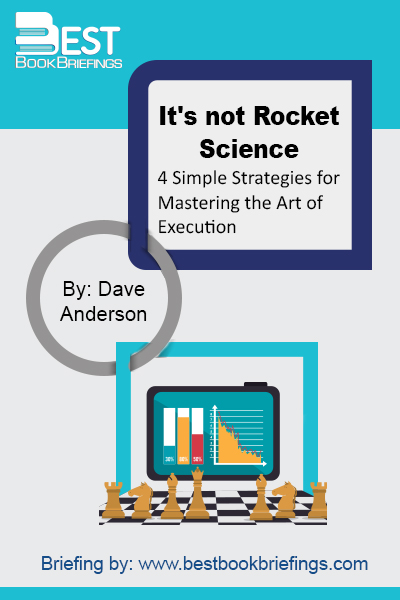It's Not Rocket Science
4 Simple Strategies for Mastering the Art of Execution
Number of pages: 256
Publisher: Wiley
BBB Library: Operations Management
ISBN: 4 Simple Strategies for Mastering the Art of Execution
Editorial Review
Shifting sands do not make for a sustainable structure. If your organization is to be robust and strong enough to weather any storm, the strength must come from the very core; the ability for each member of your team to execute daily and effectively towards your organization's most compelling goals. This book asserts that you've already heard, been taught, and know well the key fundamentals that spell business success, and presents a compelling, four strategy blueprint for returning your business culture and strategies to a rock solid foundation of execution excellence.
Book Reviews
Books on Related Topics

It used to be said that¾It is not whether you win or lose, it’s how you play the game. That old saying might be fine to coach a soccer team. But in today’s dynamic working environment it’s all about winning. With that said, companies and individuals must focus on the mechanisms

As hard as it is to grow a company, wouldn’t it be nice if there was a “recipe” for creating a company with sustained high performance? It is tempting to dream that if we could just find the right combination of ingredients—a cup of customer loyalty, two tablespoons of Blue Ocean

A half century ago, Peter Drucker put management on the map. Leadership has since pushed it off the map. We are now inundated with stories about the grand successes and even grander failures of the great leaders. But we have yet to come to grips with the simple realities of being

Containing twenty-six selections, The Essential Drucker covers the basic principles and concerns of management and its problems, challenges, and opportunities, giving managers, executives, and professionals the tools to perform the tasks that the economy and society of tomorrow will demand of them.




